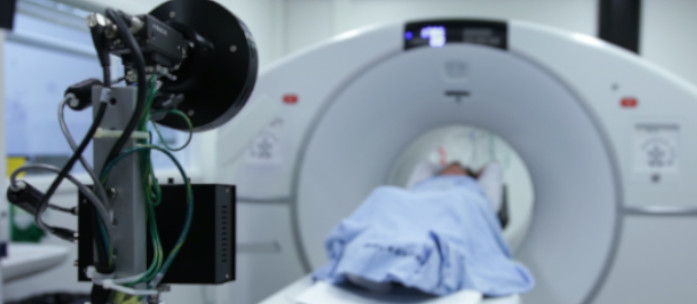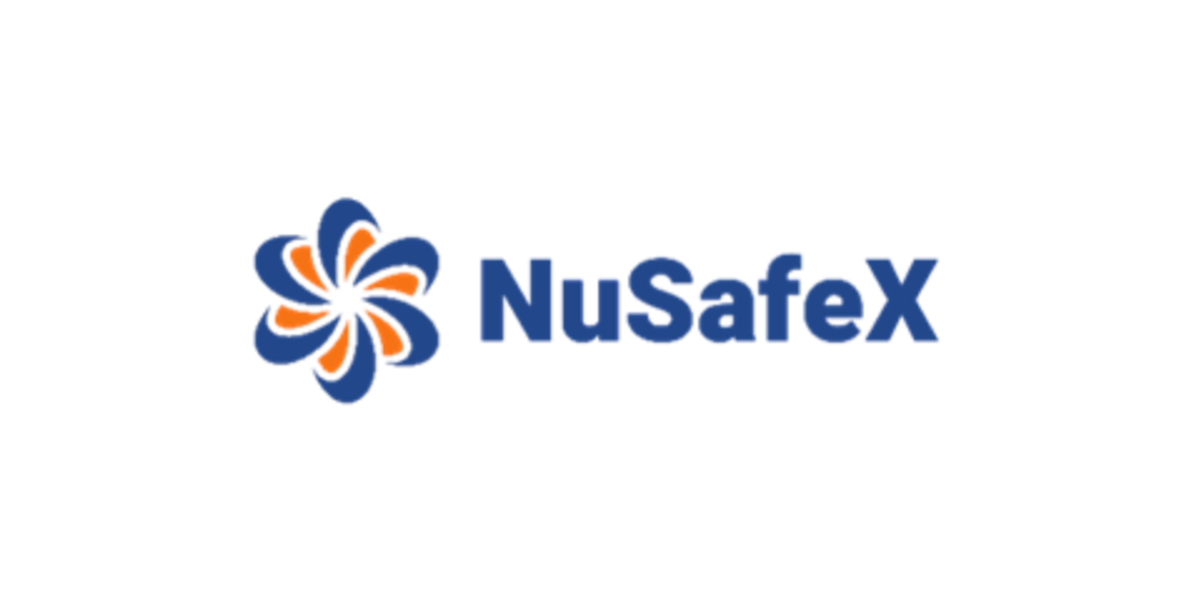Medical radioisotopes are used for the diagnosis and for treatment of several illnesses. Currently there are in Europe over 12 million medical procedures per using radioisotopes. About 90% of radioisotopes are used for diagnostic purposes and 10% for therapies. Principle Radioisotopes usage relies on the injection into the patient of a radionuclide combined with a biologically active molecule which preferentially localizes specific organs, cells or tumors for therapeutic purpose. The radionuclide decays emitting highly ionization particles which will destroy the malignant cells. When used for imaging purpose, radioisotopes emit gamma radiations which are detected from the outside, using single-photon emission computed tomography (SPECT) and positron emission tomography (PET), a 3D image being reconstructed by a computer.
Radioisotopes should be delivered in a the shortest as possible time, and with high safety and security.
Transport
The radioisotopes produced should have a half-life long enough to enable their transport, but short enough to limit their exposition for the patient. This means that the transport should be shortened from the production site to the hospital. One example is molybdenum-99, the precursor of technetium-99m. Currently, nearly 75% of scintigraphic examinations are made with technetium-99. Molybdenum 99 is produced through fission of uranium-235 in specialized reactors. About 6% of the uranium-235 gives this molybdenum as byproduct. The targets consist of small aluminum plate containing enriched uranium. The production of technecium-99m is provided by a ”technetium generator” which is shipped twice a week to hospitals / nuclear imaging centers. The technetium-99m solution is obtained by elution in a chromatographic column of alumina on which molybdenum-99 (with a half-life of 66 hours) is fixed.Safety and security
- The shipment, transport and delivery are optimized by machine learning techniques.
- High security and safety is ensured by encryption.
- The main actors:
- End-users: Hospitals, Medical Imaging Centers
- Suppliers:
- Radionuclide: Institutes with (research) nuclear reactors or cyclotrons
- Radiopharmaceutical / generators manufacture
- Transporters:
- Air companies
- Specialized medical transporters
Benefits
- Ensure radiopharmaceuticals are always available anywhere when needed
- Shorten times of delivery, propose the fastest transportation system
- Optimize planification, reconciliate demand and offer
- As cloud platform, is accessible to all customers, and logistics is optimized across all customers
- Reduce costs

